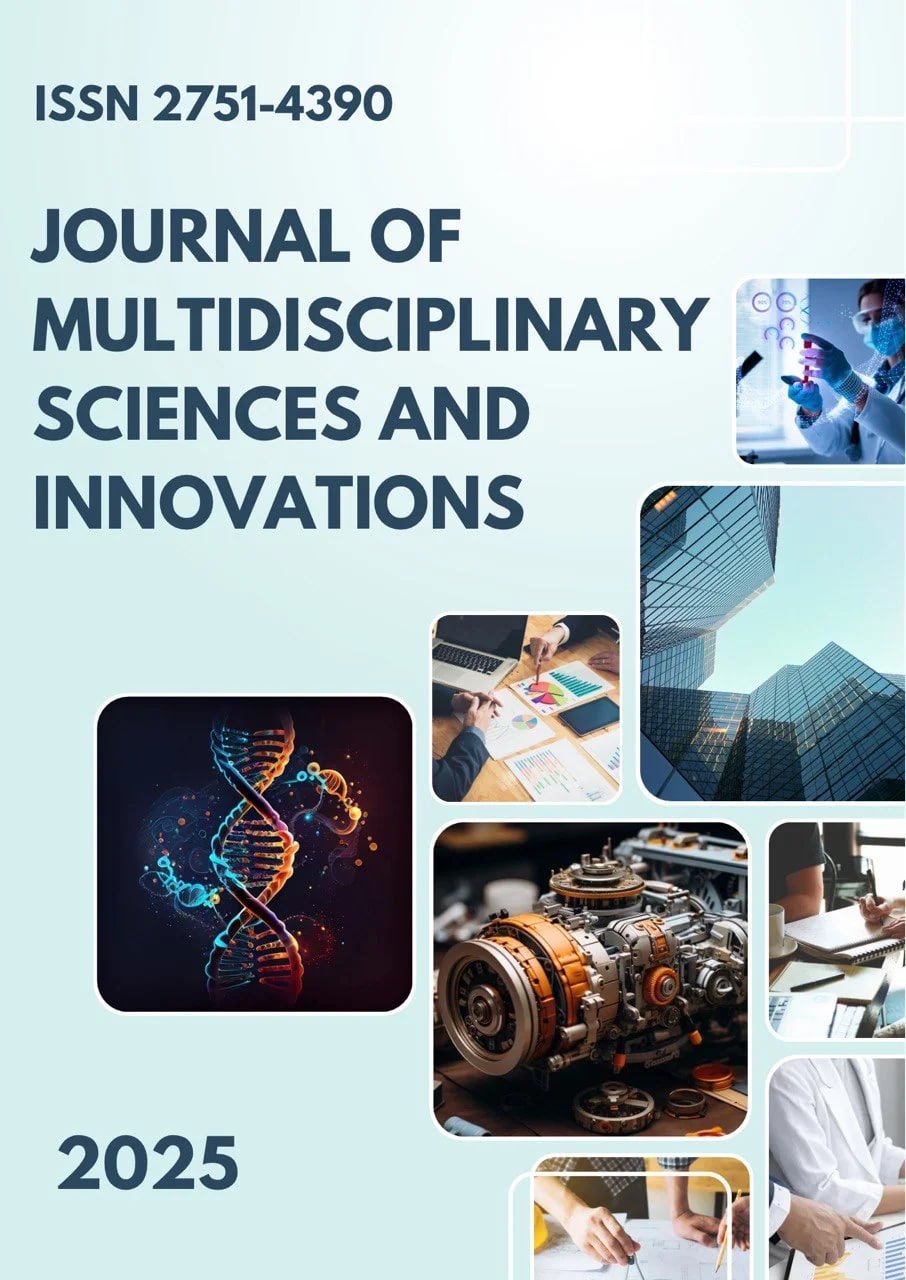HUTCHINSON AND WATERS’ ESP MATERIALS DESIGN MODEL
Main Article Content
Abstract
In the field of English for Specific Purposes (ESP), it is essential to create successful instructional materials that cater to the specific requirements of students. In their groundbreaking book "English for Specific Purposes: A Learning-Centred Approach," Hutchinson and Waters present one of the most important models for the creation of ESP materials. Their model offers a cyclical structure for material design that prioritizes adaptability, learner relevance, and the combination of content, language, and task-based learning. This article provides examples of how Hutchinson and Water's ESP model can be implemented in higher education, as well as how CLIL (Content and Language Integrated Learning) can be applied to specific disciplines within the university.
Downloads
Article Details
Section

This work is licensed under a Creative Commons Attribution 4.0 International License.
Authors retain the copyright of their manuscripts, and all Open Access articles are disseminated under the terms of the Creative Commons Attribution License 4.0 (CC-BY), which licenses unrestricted use, distribution, and reproduction in any medium, provided that the original work is appropriately cited. The use of general descriptive names, trade names, trademarks, and so forth in this publication, even if not specifically identified, does not imply that these names are not protected by the relevant laws and regulations.
How to Cite
References
1.Dudley-Evans, T., & St John, M. J. (1998). Developments in English for Specific Purposes: A Multi-Disciplinary Approach. Cambridge University Press.
2.Hutchinson, T., & Waters, A. (1987). English for Specific Purposes: A Learning-Centered Approach. Cambridge University Press.
3.Mackay, R., & Mountford, A. (1978). English for Specific Purposes: A Case Study Approach. Longman.
4.Rahmonova Ra’nogul Sheraliyevna, . (2025). UZBEK VA INGLIZ TILLARIDA SINTAKTIK-STILISTIK FIGURALARNING NUTKIY AKTLARDA IFODALANISHI. Journal of Universal Science Research, 3(`1), 257–262. Retrieved from https://inlibrary.uz/index.php/universal-scientific-research/article/view/64512
5.Robinson, P. (1991). ESP Today: A Practitioner's Guide. Prentice Hall.
6.Swales, J. M. (1990). Genre Analysis: English in Academic and Research Settings. Cambridge University Press.

